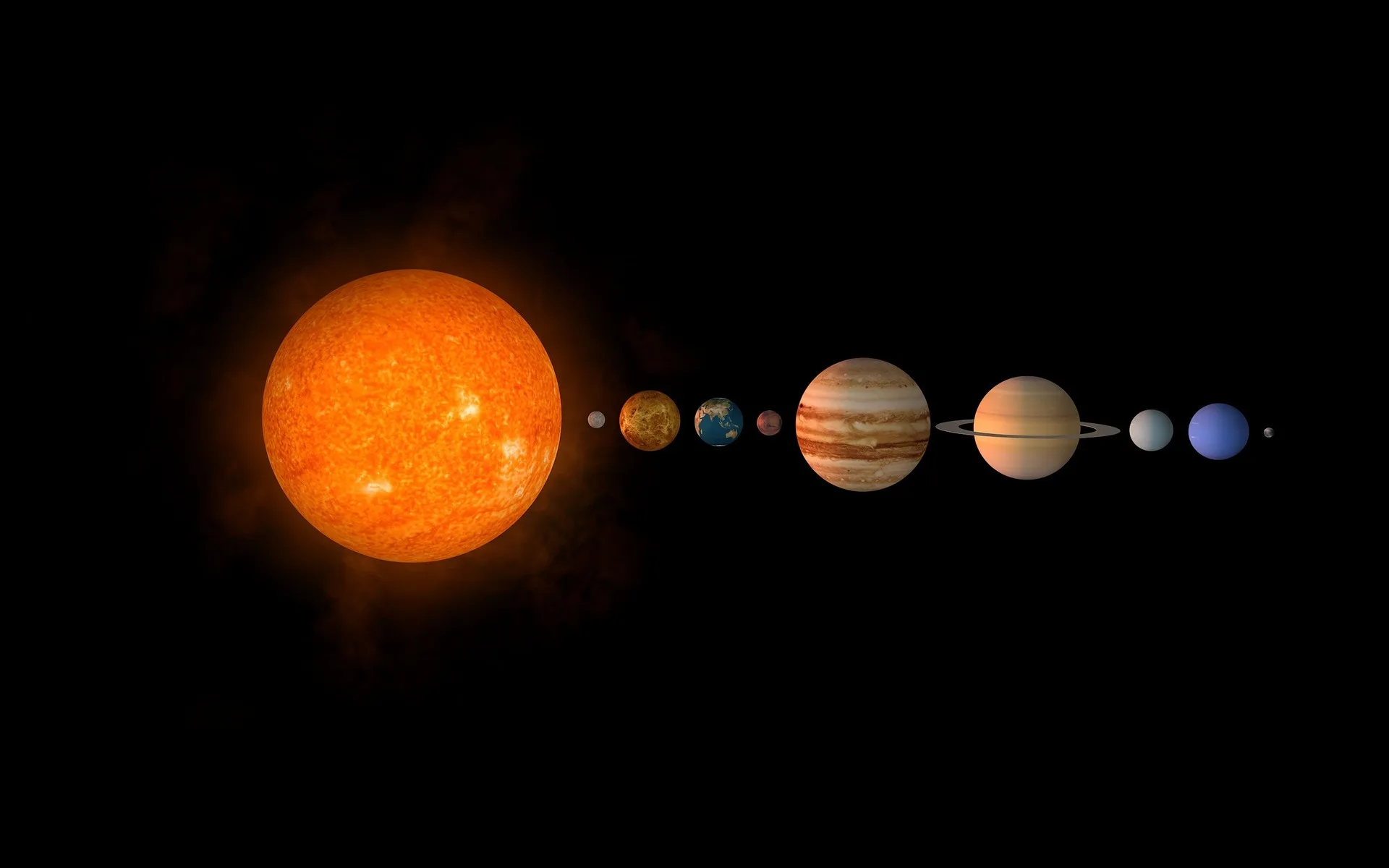The Solar System: A Comprehensive Guide
Introduction
Welcome to our comprehensive guide on the Solar System, a mesmerizing celestial arrangement that captivates scientists and enthusiasts alike. In this article, we delve deep into the intricacies of our cosmic neighborhood, exploring its formation, celestial bodies, and fascinating phenomena. Join us on this cosmic journey as we unravel the wonders of the Solar System.
Formation and Evolution
The Solar System came into existence approximately 4.6 billion years ago through the process of stellar nucleosynthesis. It all began with the gravitational collapse of a massive molecular cloud, triggering the birth of our central star, the Sun. As the protoplanetary disk surrounding the young Sun gradually cooled, various materials began to condense, leading to the formation of planets, moons, asteroids, and comets.
The Sun: Our Radiant Star
At the heart of the Solar System resides the Sun, a dazzling ball of hot plasma that sustains life on Earth. With a diameter of about 1.4 million kilometers and a mass 330,000 times greater than our planet, the Sun is a truly colossal celestial body. Its core is a cauldron of nuclear fusion, where hydrogen atoms merge to form helium, releasing an immense amount of energy.
The Terrestrial Planets: Our Rocky Neighbors
Moving outward from the Sun, the first four planets in the Solar System are Mercury, Venus, Earth, and Mars, collectively known as the terrestrial planets. These rocky worlds are characterized by their solid surfaces, relatively smaller sizes, and closer proximity to the Sun compared to the gas giants. Each of these planets has its unique characteristics, ranging from Mercury’s scorching temperatures to Mars’ enigmatic red landscapes.
The Gas Giants: Majestic Giants of the Solar System
Beyond the orbit of Mars lie the gas giants: Jupiter and Saturn. Known for their colossal size and gaseous composition, these massive planets dominate the outer regions of the Solar System. Jupiter, the largest planet in our cosmic neighborhood, boasts awe-inspiring storms, including the iconic Great Red Spot. Saturn, on the other hand, mesmerizes with its prominent rings, composed of countless icy particles.
The Ice Giants: Sublime and Mysterious
Farther from the Sun, we encounter the ice giants: Uranus and Neptune. These celestial bodies are composed predominantly of volatile substances, such as water, ammonia, and methane. Uranus, with its peculiar sideways rotation and vibrant blue hue, is an enigma waiting to be unraveled. Neptune, the outermost planet in the Solar System, enthralls with its deep blue color and intense storms, including the Great Dark Spot.
Dwarf Planets, Moons, and Other Celestial Objects
In addition to the major planets, the Solar System hosts a plethora of dwarf planets, moons, asteroids, comets, and other celestial objects. Notable examples include Pluto, once considered the ninth planet, and its moon Charon, as well as the Kuiper Belt and Oort Cloud, which harbor numerous icy bodies that occasionally venture into the inner regions of the Solar System.
Phenomena and Astronomical Discoveries
Throughout history, astronomers have made remarkable discoveries within our Solar System, unraveling its secrets and expanding our understanding of the cosmos. Let’s explore some of the most notable phenomena and findings.
Solar Eclipses: Celestial Ballets
Solar eclipses occur when the Moon aligns perfectly between the Earth and the Sun, casting a shadow on our planet. These celestial ballets captivate millions, as the daytime sky transforms into an eerie twilight. Witnessing a total solar eclipse is a truly awe-inspiring experience, revealing the Sun’s delicate corona and providing a unique opportunity for scientific research.
Planetary Moons: Enigmatic Worlds
Many of the planets in the Solar System possess moons that orbit them, each with its own distinctive characteristics. For example, Jupiter’s moon Europa is believed to hide a subsurface ocean, potentially harboring conditions suitable for life. Saturn’s moon Titan boasts a thick atmosphere and hydrocarbon lakes, resembling an early Earth. Exploring these enigmatic worlds could unlock profound insights into the potential for extraterrestrial life.
Asteroid Impact: Cosmic Collisions
The history of the Solar System is marked by cataclysmic asteroid impacts. These collisions have shaped the evolution of celestial bodies and influenced the course of life on Earth. The most famous impact event occurred around 66 million years ago when a large asteroid struck our planet, leading to the extinction of the dinosaurs. Studying these impact events enhances our ability to protect Earth from future cosmic threats.
Space Exploration: Expanding Horizons
Humanity’s quest for knowledge has driven us to explore our cosmic surroundings. From the groundbreaking Apollo Moon missions to the ongoing Mars rovers and deep space probes, space exploration has broadened our understanding of the Solar System and paved the way for potential future colonization. Each mission unravels new mysteries and propels us closer to unlocking the secrets of our celestial neighborhood.
Conclusion
In this comprehensive guide, we have embarked on a journey through the Solar System, marveling at its formation, celestial bodies, and captivating phenomena. From the scorching deserts of Mercury to the icy plains of Pluto, our cosmic neighborhood never ceases to amaze. By delving into the wonders of the Solar System, we deepen our appreciation for the beauty and vastness of the universe. Let this guide be your gateway to the celestial wonders that lie just beyond our reach.

